Some posts on this site contain affiliate links, meaning if you book or buy something through one of these links, I may earn a small commission (at no additional cost to you!). Read the full disclosure policy here.
Table of Contents
Check out our podcast about a First Timer’s Guide to a South African Safari!
Ultimate South African Safari Guide for Beginners
If you dream of seeing the Milky Way in it’s most clearest form, sipping coffee on your deck while viewing giraffe’s nibbling on a tree across the riverbed, or falling asleep to the calls of hippos snorting as they take an evening stroll out of the water, a safari may be the best vacation for you. However, before your first safari, it can seem really intimidating. From what to wear to when to go, this ultimate South African safari guide has got you covered!
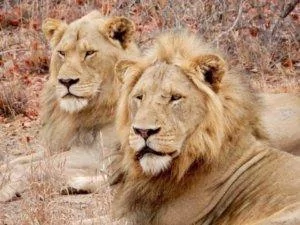
These guys were hard to spot as it was! So going at the end of winter really helped.
When to Go:
South Africa is in the Southern Hemisphere, meaning that their winters are our summers and vice versa. While their “winters” are neither cold nor snowy, they do tend to be dryer in the northern part of the country where Kruger National Park and adjacent private game reserves are located. Therefore, during their winter (May through September) the vegetation is scarce and animals are easier to spot. This also means that bugs are less frequent and a rain shower probably won’t interrupt your game drive. The downside is that it could be a little cooler in the morning and evenings so be sure to bring layers. We ended up going in September and it was 60 degrees Fahrenheit in the morning, but got up to 85 degrees Fahrenheit in the afternoons.
April through October is a fine time to visit as well, with some of the best bird watching and more greenery as summer begins. It does rain more, but typically the rain doesn’t last too long. The downside here is that it can be harder to spot the animals in the denser bush and it gets very hot during December through February.
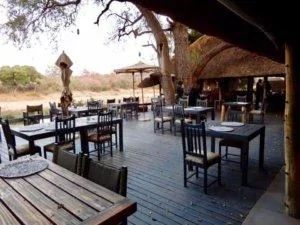
We had so much fun just sitting on the deck!
Where to Spot the Best Animals:
The Big 5 (Rhino, Leopard, Elephant, Cape Buffalo, and Lion) can be found all around Kruger and the adjacent reserves, but there are other places to spot them, and other cool animals too!
Rhino: Kruger Park and adjacent reserves and the Eastern Cape.
Leopard: We saw leopard sightings frequently during our stay in the Timbavati Reserve next to Kruger, but other than the Kruger area, they frequent the Sabi Sand Game Reserve. They can also be found at Kalahari Gemsbok National Park, Plettenberg Bay Game Reserve, Shamwari Private Game Reserve, and Karoo National Park.
Elephant: Addo Elephant Park, Kruger, and Tembe Elephant Park in KwaZulu-Natal.
Cape Buffalo: Mainly in the Kruger area, but they are also in Zululand and the Eastern Cape.
Lion: Kruger area, Sabi Sand, and Plettenberg Bay.
Cheetahs: Cheetahs are a little more rare in the Kruger area due to the rolling hills landscape instead of flatlands, but they can be spotted in the Eastern Cape reserves, Kwa-Zulu Natal reserves, and occasionally in Sabi Sand.
Zebras: They can be found in the mountains of the Western and Eastern Capes. They can also be spotted in Karoo National Park and can be seen occasionally in Kruger.
Giraffes: There isn’t a shortage of giraffes in South Africa, meaning you could see them in a lot of reserves. They are very common in the Kruger area, though.
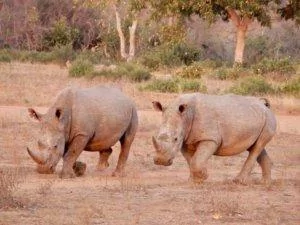
What to Wear:
For first time safari-goers, it can be incredibly challenging to decide what to pack. I read all kinds of things about certain colors, layers, etc. Before we left, Chris went nuts and bought a ton of zip-off pants/shorts stuff on amazon and was freaking out about the color of his shoes. I get it. But it really isn’t as intense as you’d think. Considering we sat in a vehicle with an older couple who had been on at least ten safaris, she wore a bright pink plaid top and didn’t have a care in the world. But seriously, here’s what you should bring:
- Maybe one pair of those zip off pants/shorts things. Just one. You don’t need to go nuts. I only brought one pair and used it once. It’s great for when it’s cooler in the mornings and into the warmer afternoons.
- Darker colored athletic shorts/pants are perfect. I wore my black Lululemon shorts and running pants most days and felt perfectly fine. There is no need to go nuts and buy a whole new wardrobe for this.
- Bring some short and long-sleeve solid colored brown/olive/earth toned tops. Again, layers are great for those morning to afternoon temperature changes.
- Bring a light jacket for the mornings.
- Bring some tennis shoes. I just brought an old pair of running shoes and they did the trick. The color doesn’t matter as you’ll be sitting most of the time.
- Do NOT bring things that will stain easy. Most days you are zooming around in a safari vehicle with dust everywhere. You hair will probably get gritty… and your clothes may get dirty. So don’t bring anything fancy.
- Comfy clothes are a must. Safari drives typically are 3 hours in the morning and 3 in the evening. In between, you’ll probably be hanging out by the pool, watching the animals from the deck, or getting a massage. Basically, you’ll be sitting and relaxing a lot. So bring comfortable clothes to lounge in.
- Maybe bring one cute dressy outfit. Every other night on our safari, we had romantic candlelit dinners. It could be nice to change into a dress or nicer clothes after being in the dusty vehicle.
- Sunglasses/hat. If you’re prone to sunburns, bring a hat. I personally don’t like wearing hats, so I just wore sunglasses.
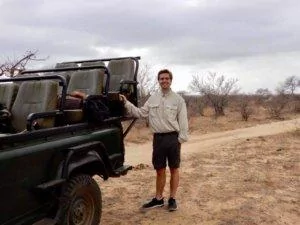
See what I mean? Poor Chris haha.
What Else to Pack:
Again, this was another thing we went nuts on. We brought way too much stuff, but what do you do when you don’t really know what to bring? Here’s what we felt was useful:
- A good camera. Maybe you’re a pro with a DSLR or mirrorless camera. Maybe you’re not. If you’re not… don’t buy a fancy camera for safari. We saw several people bring nice cameras and not know how to use them properly. If you don’t know how to use it, the photos will not turn out the way you want. However, there are several great point-and-shoot cameras for beginners, like the Nikon one we took, that takes amazing photos! Also, if you are an expert, you don’t need to buy huge lenses, they can be rented very easily.
- Binoculars. This is helpful for spotting far away animals and birds. Honestly, we didn’t use it much because we got very close to all the animals we saw. However, it was great for bird watching or when we were sitting on our deck.
- I suggest buying or using the sunscreen that is local. They are more used to the strength of the sun there and make their sunscreen accordingly. Our lodge supplied us with this and we used it without any issues.
- Mosquito repellent. We brought tons of Off! bottles and the first two seconds after stepping outside I got bit a couple of times! Basically, it doesn’t work in South Africa quite like it does back home. Luckily, our lodge supplied amazing spray and lotion that did the trick. Ask your lodge ahead of time if they have this. Chances are they do. As the safari areas of South Africa have a slight risk of malaria, it’s always a good idea to wear repellant.
- Anti-malarials. I suggest visiting a travel clinic before a safari and getting the appropriate vaccines and meds. We brought anti-malarials and antibiotics. The antibiotics were just in case we got sick, but we took our anti-malarials as instructed.
- GoPro or video camera. This was great for capturing so many awesome safari moments! I will make a video one day I promise!
Any Other Advice?
Be in the moment! This is not the time to worry about wifi or whatever else is going on outside of where you’re at and what you’re doing. The most disconnected I’ve ever been was being on safari. As the wifi was spotty, we ended up ditching the technology and truly connecting with nature. We made amazing friends that we still keep in touch with, and we felt super close after bonding day and night. It was the most incredible experience we’ve ever had and we can’t recommend it enough!
Safaris are an amazing adventure you should do at least once. As a fellow safari-goer we met said, “Safari’s are like a drug. Try it once, and you’ll always come back for more.” I couldn’t agree with her more as we are planning our next adventure.
Love this ultimate South African safari guide and want more tips? Be sure to subscribe to the blog for more updates and freebies!
Heading to South Africa? Check out these posts!
- How Much Does An African Safari Cost?
- 2 Weeks in South Africa
- 3 Days in Cape Town
- Perfect South African Safari
- Cape Winelands Tour
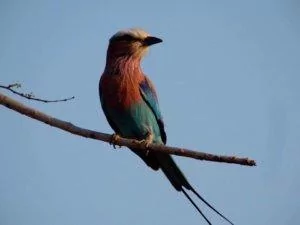
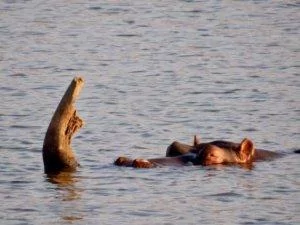
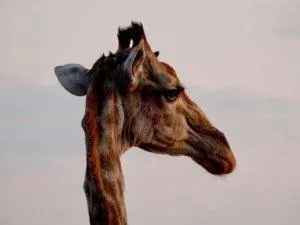
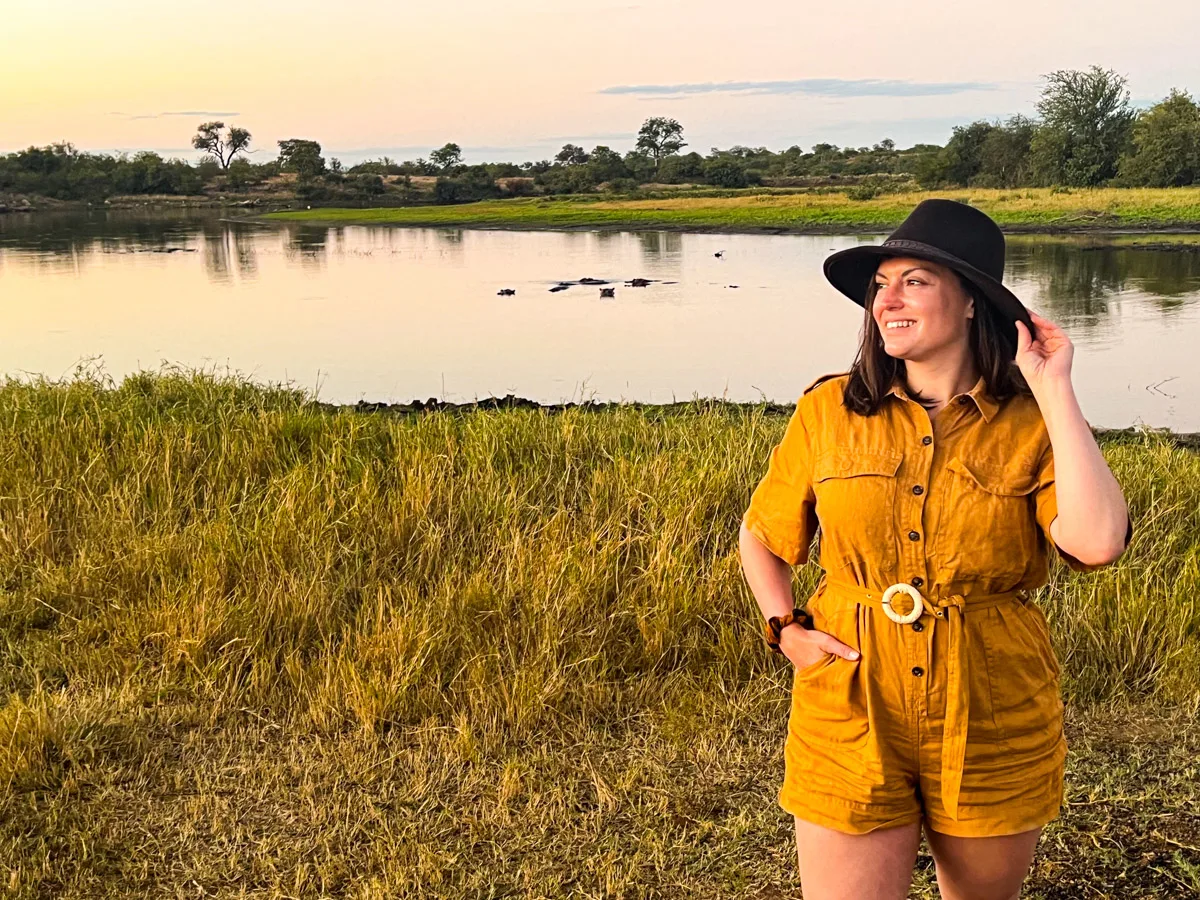
Kat is the founder and author of the World Wide Honeymoon blog. She has traveled to 39 countries spanning 5 continents to find the most romantic, unique, and fun places for couples to enjoy time together. She creates in-depth itineraries, honeymoon guides, packing lists, and even travel budget guides (Kat’s a former accountant!). Kat has been blogging since 2017, giving honest opinions and tips from her experiences while traveling. Aside from this blog, she runs a podcast with her husband, Chris, called the World Wide Honeymoon Travel Podcast and a travel blog dedicated to France called France Voyager.

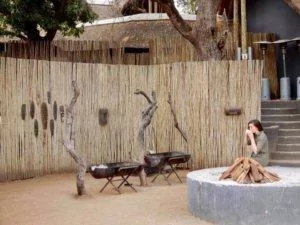
Top Travel Superlatives - World Wide Honeymoon
Wednesday 5th of February 2020
[…] First Timer’s Guide to a South Africa Safari […]
The Ultimate Guide to Travel to Cape Town, South Africa - World Wide Honeymoon
Wednesday 4th of December 2019
[…] First-Timers Guide to a Safari in South Africa […]
Top 10 Places to Travel Summer 2019 - World Wide Honeymoon
Wednesday 14th of August 2019
[…] Guide to Safari […]
World Wide Honeymoon Travel Podcast Episode 4: First Timer's Guide to a South Africa Safari - World Wide Honeymoon
Monday 24th of June 2019
[…] today’s episode, we go into detail about everything you need to know about a first timer’s guide to a South Africa safari. We talk best safari lodges and how much a safari can cost you, which reserves to stay on based on […]
World Wide Honeymoon Travel Podcast Episode 13: The Hidden Costs of Travel - World Wide Honeymoon
Monday 24th of June 2019
[…] First Timer’s Guide to a South African Safari […]